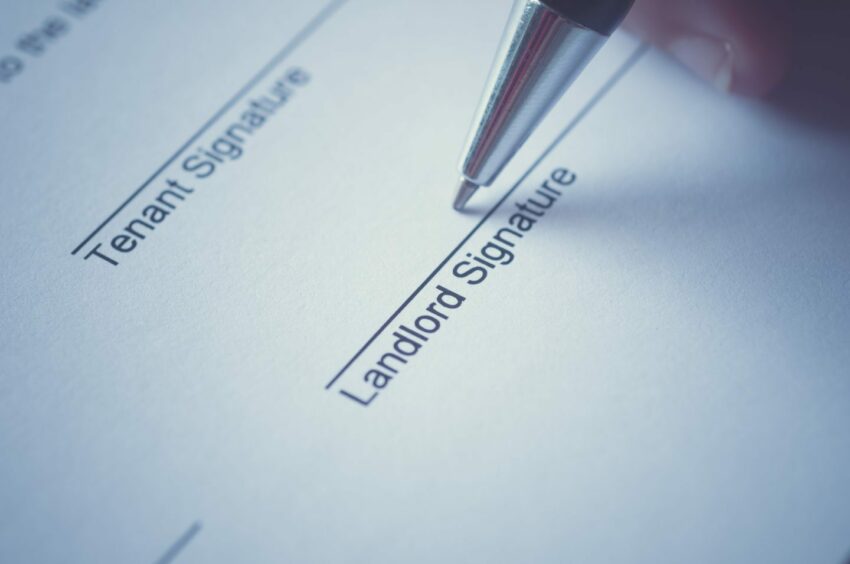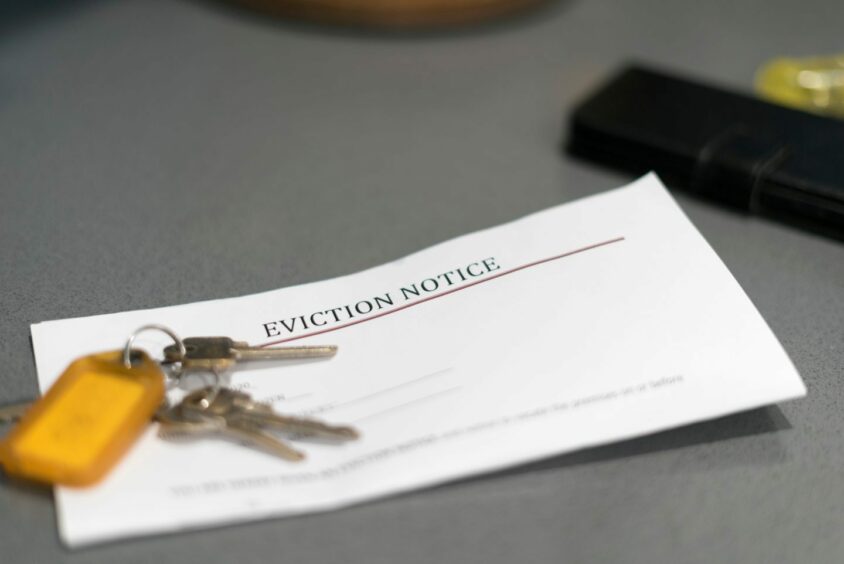An Inverness-based estate agent says the Scottish Government’s moratorium on evictions is exacerbating the current shortage of rental properties.
Marsaili Macleod, the lettings manager for Galbraith in Inverness, says the rule, which has been extended to September, is leaving private landlords with their hands tied when tenants have stopped paying their rent or when the relationship between both parties has broken down, leaving landlords with no choice but to sell their rental properties.
“We feel there is a distinct lack of balance currently and the Scottish government has not necessarily appreciated the benefits of a thriving private rental sector,” says Marsaili.
“The government’s own research found that 94% of tenants were ‘very’ or ‘fairly satisfied’ with their rental property, so why has there been such a degree of intervention in the market?
“Policy should be formulated in a way that allows proper protection for tenants without discouraging investment by existing landlords.
“The current approach may well inhibit landlords from further investing in their rental properties and may well further exacerbate the current shortage of rental opportunities available, to the great detriment of tenants.”
Cost-of-living crisis
Galbraith reports that some landlords have sold their properties due to the increasing legislative burden, exacerbating the significant shortage of rental property available.
But the Scottish Government has vehemently defended its current approach with a spokesman stating that the rule is there to give tenants stability during the cost-of-living crisis and pointed out that evictions can still proceed in “certain circumstances”.
“We recognise the importance of the private rented sector in the provision of rented housing,” says the spokesman.
“As Scotland is in the midst of a grave cost-of-living crisis however, it is vital that we continue to ensure tenants have stability in terms of their housing costs to help them stay in their homes.”
The Scottish Government spokesman also highlighted that next month, private landlords can charge their tenants more for rent.
“We know that costs have been rising for many landlords as well, which is why we are allowing rent increases mid-tenancy of up to 3% from April 1,” says the spokesman.
“Landlords can alternatively apply for increases of up to 6% to cover specific costs that have risen in the preceding six months.”
3% rent increase
However, Marsaili does not believe that the capped 3% rent increase goes far enough especially as there has been a rent freeze since September last year.
“Most buy-to-let investments are funded through borrowing, and landlords rely on the rental income to cover the cost of their mortgage repayments as well as to fund improvements to their property,” Marsaili added.
With demand for rental property outstripping supply, Marsaili hopes that, despite the current situation, it will encourage more people to become private landlords.
“The demand for rental property continues to be far higher than the number of properties available,” says Marsaili.




Conversation